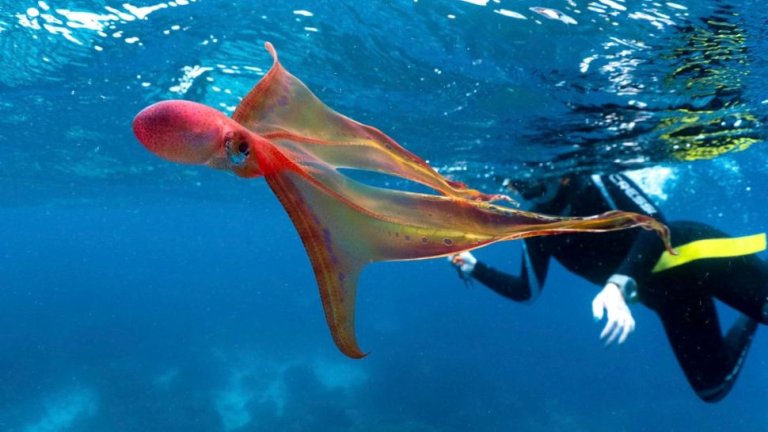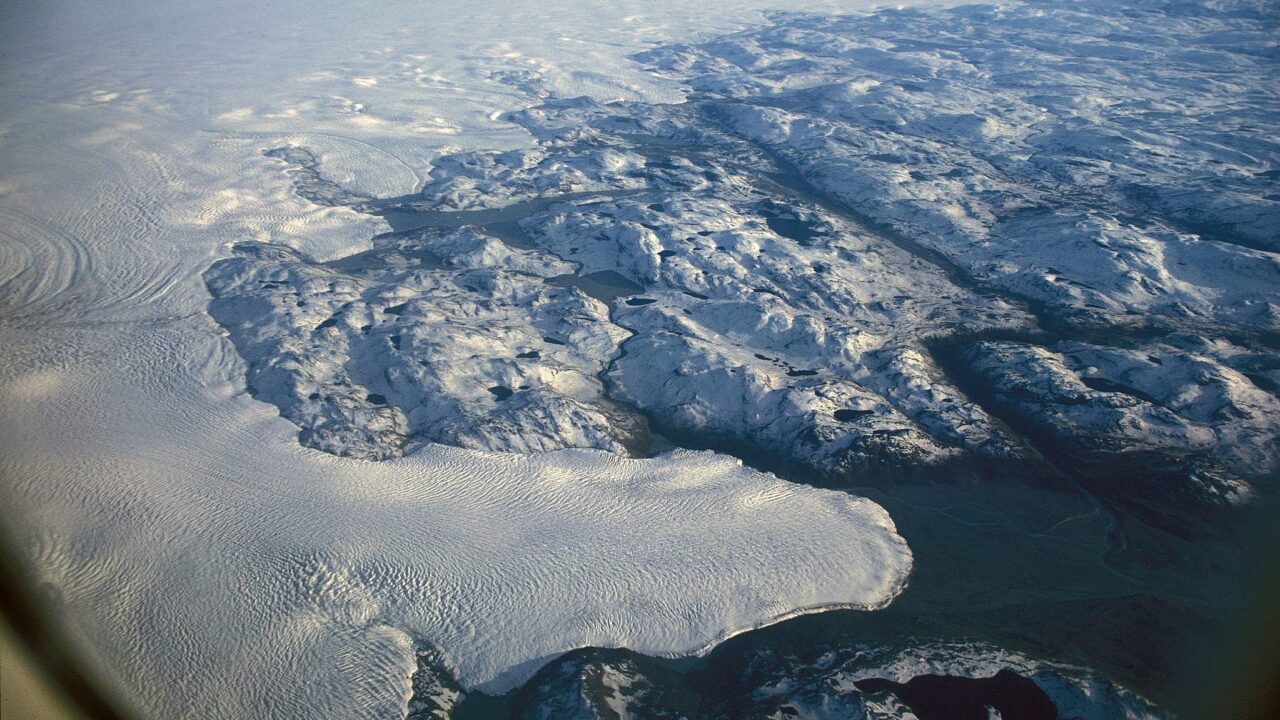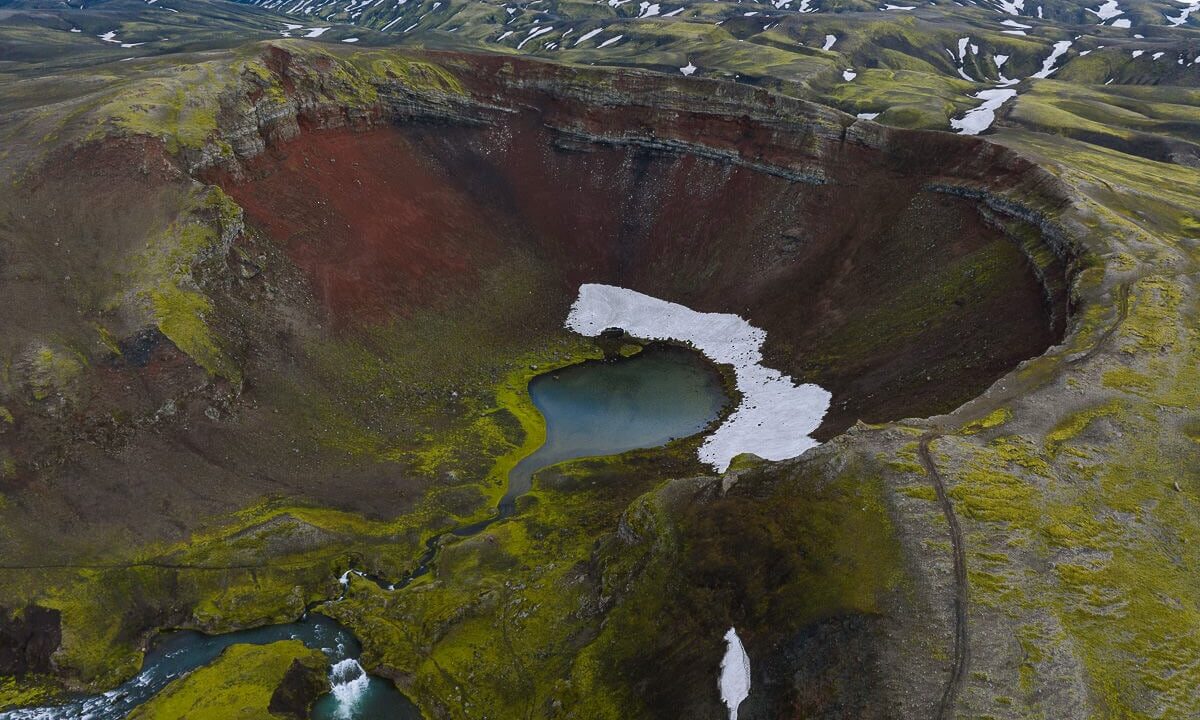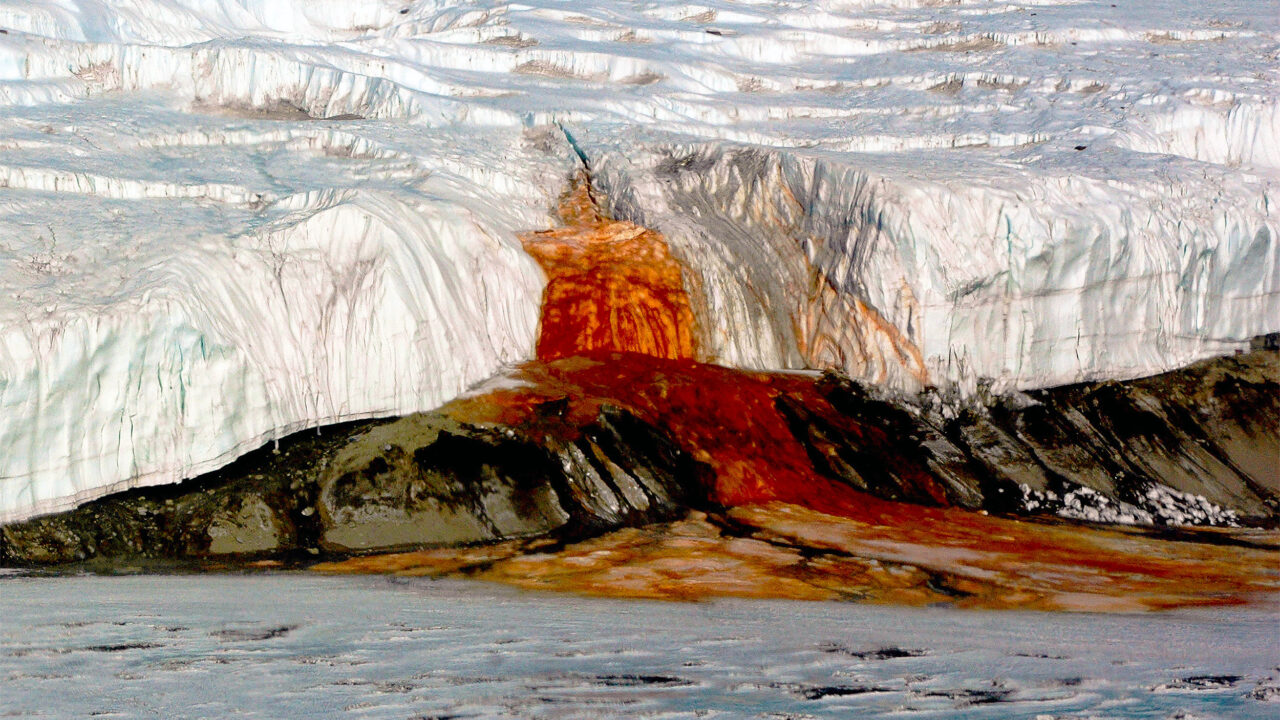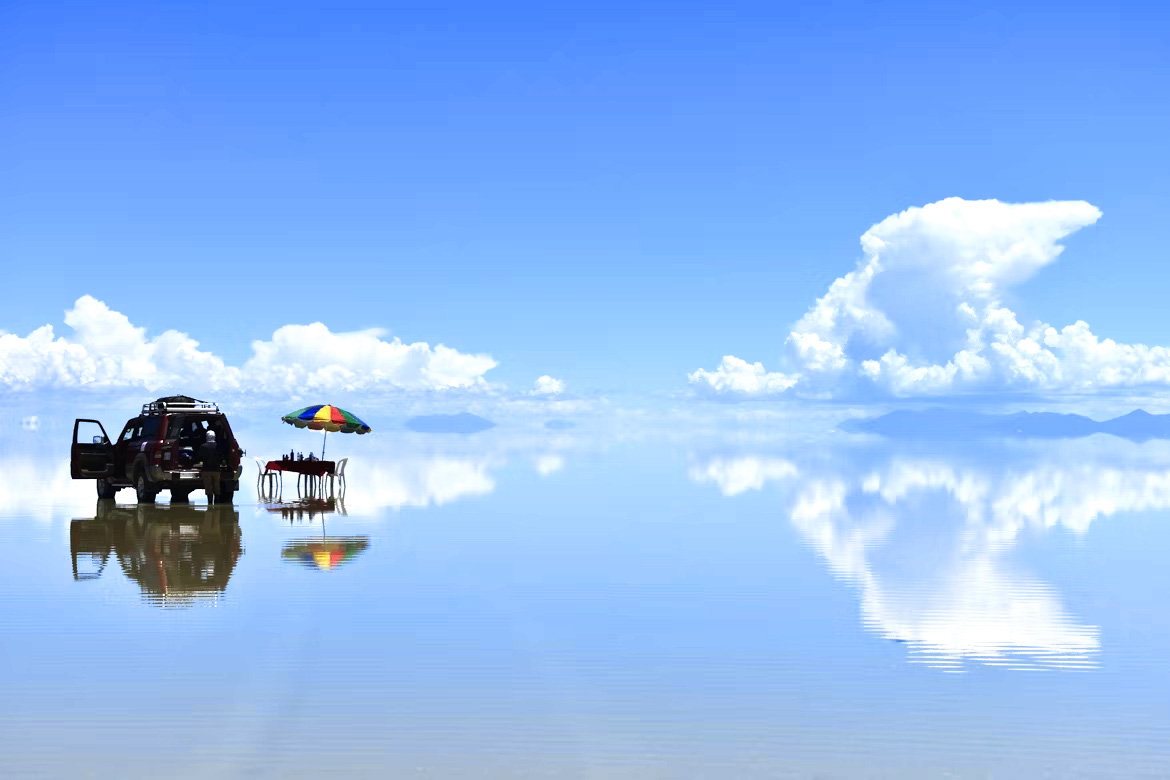Imagine walking across the sky, where heaven and earth seem to merge into one. That’s the surreal experience you’ll find at Salar de Uyuni in Bolivia often called the world’s largest natural mirror.
Though technically not a lake, Salar de Uyuni is a vast salt flat that transforms into a giant reflective surface during the rainy season. Its beauty is so extraordinary that it’s nearly impossible to tell where the sky ends and the ground begins.
What Is Salar de Uyuni?
Located in southwestern Bolivia near the Chilean border, Salar de Uyuni covers about 10,500 square kilometers, making it the largest salt flat on Earth.
Thousands of years ago, this area was part of a prehistoric lake known as Lago Minchín, which eventually dried up, leaving behind a thick crust of salt mixed with minerals.
Also See :
The Future of Cybersecurity in the AI Era: Between Threats and Innovation
During the rainy season (around December to March), a thin layer of water spreads across the surface, creating a perfect mirror-like reflection that makes it look like an endless sheet of crystal glass.
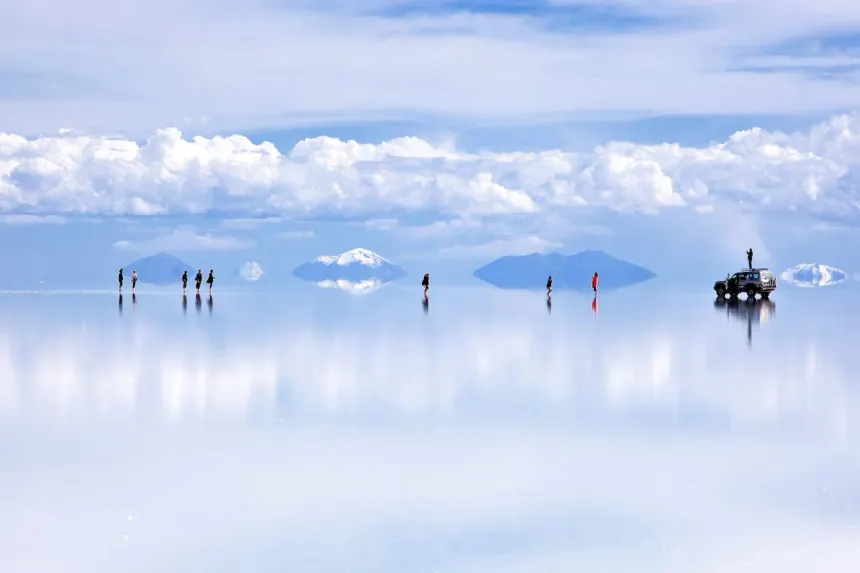
The “Sky Mirror” Phenomenon
Salar de Uyuni is famous for its flawless reflections of the sky.
When water covers the salt crust, the surface remains incredibly smooth, with no waves or ripples to distort the image.
As a result, the sky, clouds, and sun are mirrored so perfectly that visitors feel as if they are walking between two heavens.
It’s no wonder this site is often called “The World’s Largest Mirror.”
Photographers from around the world flock here to capture mesmerizing scenes such as:
- The breathtaking reflection of sunrise and sunset.
- Clouds mirrored across the horizon.
- A night sky so clear it seems to exist both above and beneath your feet.
Unique Facts About Salar de Uyuni
- Contains around 10 billion tons of salt.
Thousands of tons are extracted annually for industrial and culinary use. - Holds more than 50% of the world’s lithium reserves.
The lithium beneath the salt crust is a key resource for batteries used in smartphones and electric vehicles. - One of the most photographed places on Earth.
The mirror effect creates striking optical illusions perfect for creative and artistic photos. - So flat it’s used by NASA.
The perfectly level surface serves as a calibration site for Earth-observing satellites.
Also See :
The Mysterious Marfa Lights in Texas: An Unsolved Phenomenon
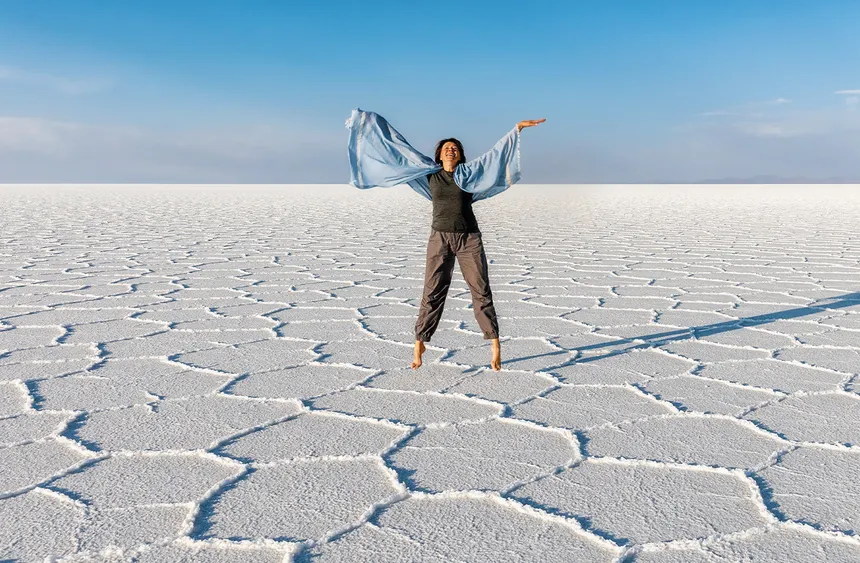
Best Time to Visit
- Rainy season (December-March): Best time to witness the mirror effect.
- Dry season (April-November): The salt flats turn into a white, endless expanse that looks like a snowy desert equally breathtaking in its own way.
Travel Tips for Visiting Salar de Uyuni
- Join a local 4×4 tour from the town of Uyuni.
- Bring sunglasses and sunscreen the light reflection can be intense.
- Wear waterproof shoes during the rainy season.
- Pack a wide-angle camera lens to capture the vastness of the landscape.
Conclusion
Salar de Uyuni in Bolivia is more than just a travel destination it’s a natural wonder that blurs the line between earth and sky.
With its crystal-clear reflections and serene beauty, this vast salt flat reminds us of nature’s perfect balance where the world itself becomes a mirror of the heavens.

